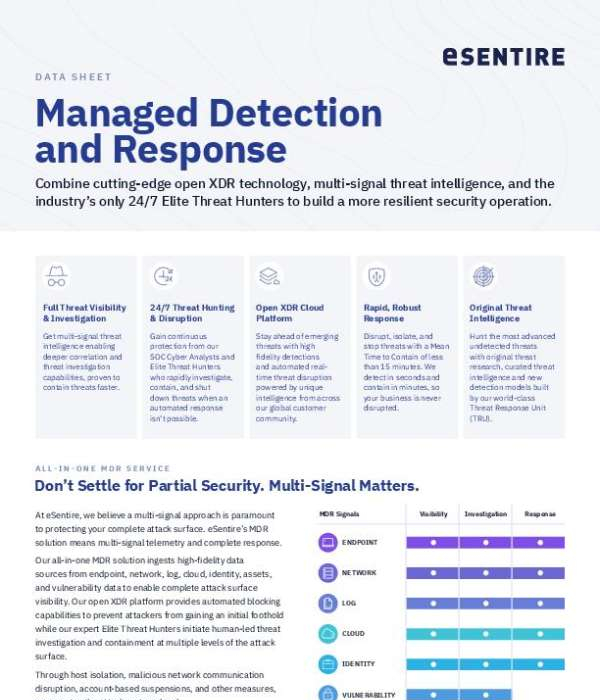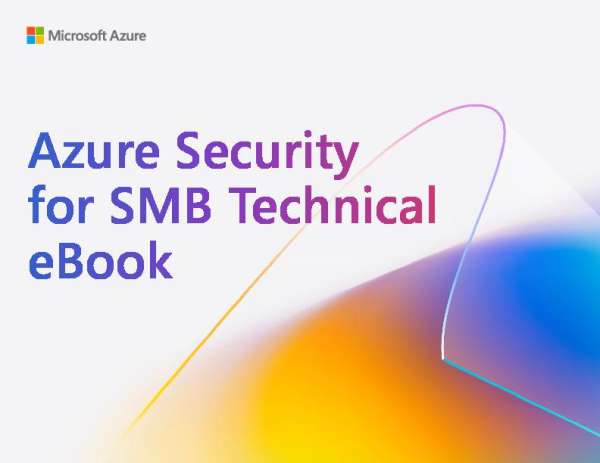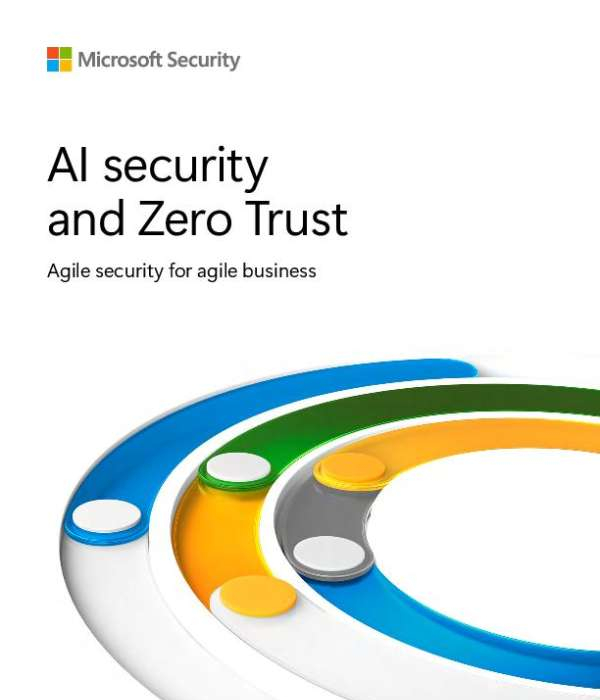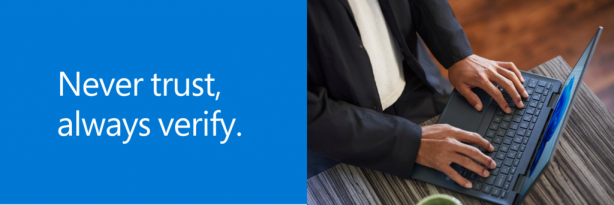SMBs face increasing cyber threats, and traditional security measures are often too costly or complex to manage. Microsoft Azure provides built-in security, automated threat detection, and scalable defenses to protect businesses of all sizes. Download this infographic for a breakdown of how SMBs can enhance their security posture, reduce vulnerabilities, and ensure business continuity by adopting cloud-based security solutions. For more support, reach out to A Systems Integrator for a consultation on securing your business with Microsoft Azure.








